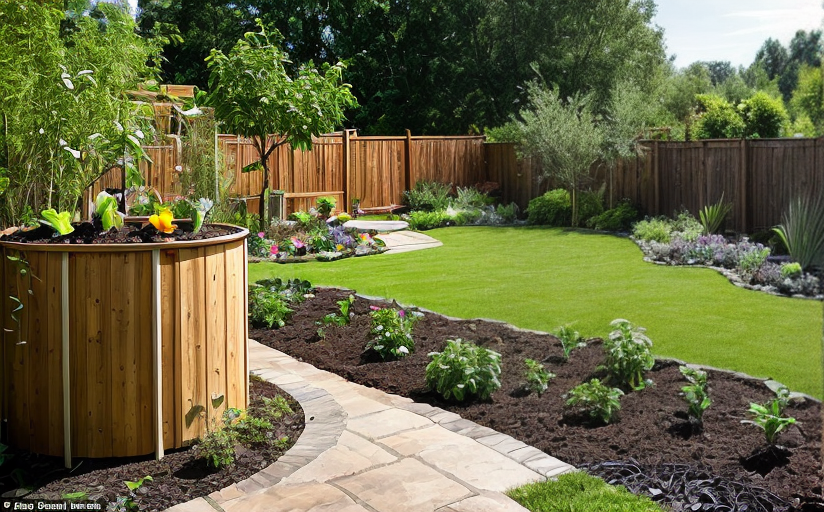Embracing Sustainable Gardening: Scale for a Greener Tomorrow
As food resources are getting depleted and carbon footprints increasing, sustainable gardening emerges as an impactful method of contributing towards environmental conservation. Besides adding beauty to your surroundings, it also serves a tangible purpose in the drive towards a healthier planet. Sustainable gardening is an eco-friendly approach that minimizes waste generation, reduces water usage, conserves biodiversity, and encourages the use of organic products. Novice or expert, everyone can follow simple yet effective steps and start their sustainable garden today.
The Key Principles of Sustainable Gardening
While sustainable gardening can take various forms depending upon local resources, climate, and the specific needs of the gardener, there are four key principles that serve as its foundation.
- Conservation: This principle focuses on protecting the natural resources of your garden - soil, water, and nutrients, conserving them for future generations.
- Recycling: To reduce waste generation, all organic waste such as fruit peels, vegetable scraps, lawn clippings, etc., are recycled back into the garden to enrich the soil.
- Water Management: Control of water is significant in sustainable gardening. Utilizing drought-resistant plants and techniques such as drip irrigation helps to conserve water effectively.
- Use of Organic Products: The use of natural, organic products promotes a healthier ecosystem by reducing exposure to harmful chemicals, thereby creating a safer environment for both humans and wildlife.
Starting Your Sustainable Garden
Site Accessibility and Suitability
When starting your sustainable garden, the first step is to choose a site that gets an ample amount of sunlight and has easy access to water resources. Also, you need to consider the suitability of the site in terms of soil health and local climate.
Soil Preparation
Improving the soil health involves enhancing its structure and feeding it with organic matter such as compost. Regular soil tests are recommended to monitor nutrient levels and pH of the soil.
Choosing the Right Plants
Sustainable gardening promotes the use of native and drought-resistant plants. Plants that are native to your area will naturally thrive in your garden, requiring less maintenance and water resources. Potential crops for a sustainable garden include beans, tomatoes, lettuce, basil, and cucumbers.
Maintenance Tips for Sustainable Gardening
Watering should be done during the cooler parts of the day to minimize evaporation. Mulching helps to retain soil moisture and suppress weeds. Rotation of crops is also a crucial step to maintain soil health and to prevent pests diseases.
Sustainable gardening is more than just a trend; it's a move towards healthier living and a healthier planet. With the right knowledge and resources, anyone can create their own sustainable garden and become a part of this global movement.




















Comments
Leave a Comment